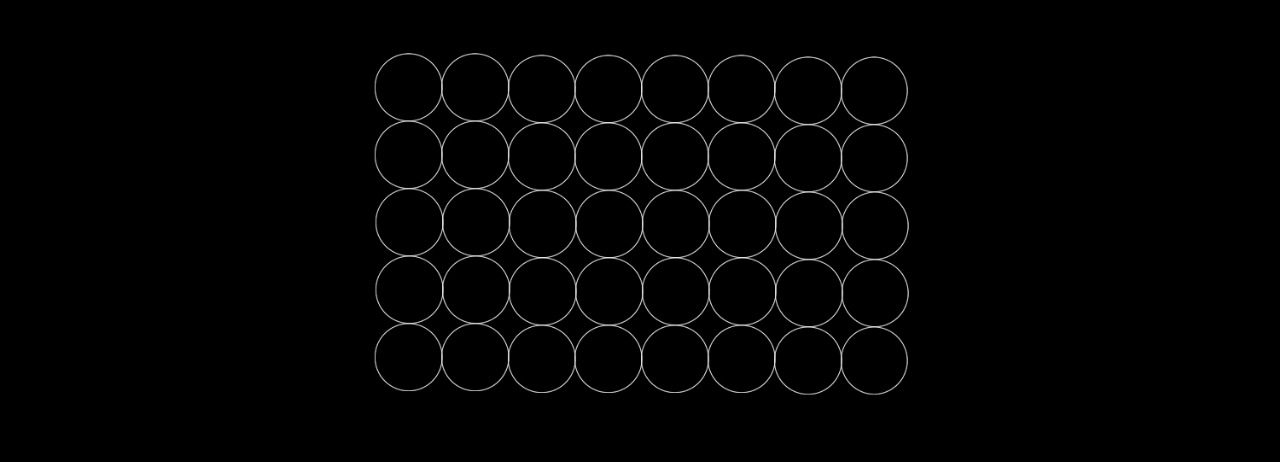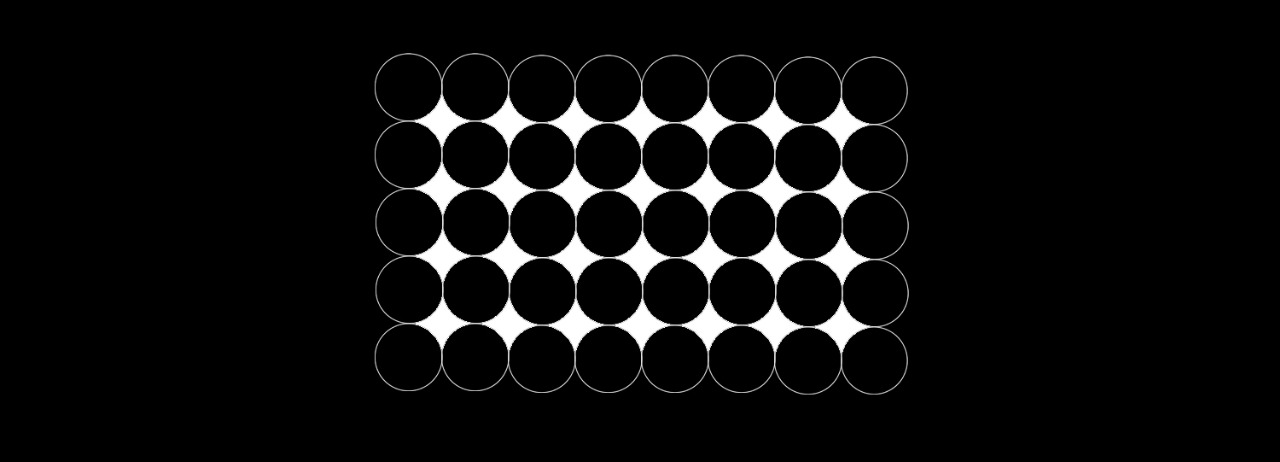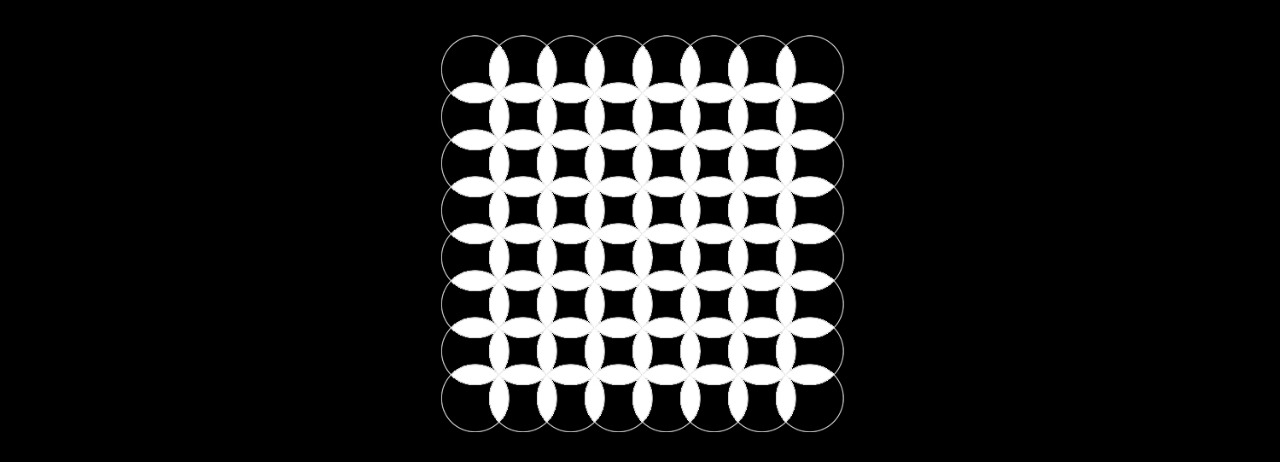5/ CONNECTION POINT

In my project, I often write about the interconnectedness of everything with everything. In this article, I will try to justify my thoughts and show you what ideas I am basing them on. I am not a physicist, so there may be inaccuracies in my article, but I emphasize once again that complete accuracy of information is not important (even scientists do not achieve it), but the point is. We should not be narrow-minded at all costs. For example, when someone writes a letter to someone else, it is not important that they make a million grammatical mistakes in it; what is important is the content, the essence of the letter.
So that I can show you the point of connection, let's imagine our micro world together. All the small things that make up all the big things. However, we must choose a scale, because the problem (according to theoretical physics) in our world is that we can go towards infinitely small and, conversely, towards infinitely large numbers. For now, it is sufficient to stop at atoms. Atoms are the basic building blocks of our world. They are contained in all material things, and even in seemingly empty space (such as air). An atom consists of a nucleus, which appears to be solid and represents the foundation of matter in our world, and an envelope, which represents the empty space in which electrons appear and disappear. So, a very simplified model of an atom can be imagined something like the one depicted in the picture.

A very common mistake when trying to draw an atom is the scale. Proportionally, the nucleus and its shell are often incorrectly drawn. It is important to realize that if you (hypothetically) enlarged the nucleus of an atom to the size of an orange, the next nucleus would be located about two football fields away, so the radius of the shell would be one football field.

It is still not precisely drawn, but it is more accurate. So, the empty space in which electrons appear and disappear dominates over any seemingly solid matter. Seemingly solid, because even the nucleus is divisible. It contains protons and neutrons, particles much smaller, which by their rotation create a huge electromagnetic force (nuclear force), which makes the nucleus of an atom appear indivisible and solid to us. However, protons and neutrons are also located in space within the nucleus, so the statement that 99.999% of everything is just empty space is probably correct. The remaining 0.001% is only energy, the shimmering (vibration) of the smallest particle that you can't even imagine, which oscillates at the speed of light in such a way that it passes through itself.
Now, try to imagine the whole world composed of these atoms (simplified).

You make a mistake if you imagine it like that, because there is another space created between the spaces of the atoms. What is this space? A space within a space?

The only way to avoid the creation of another space is to bring the individual spaces together. Don't be fooled, the boundaries between spaces are just imaginary, so it's possible that individual spaces overlap with each other. In reality, there is only one space, and the boundary marks only the place where a particular atom is located.

So I'm claiming that individual spaces overlap with the space of another atom.

Electrons are partially able to enter the space of another atom and interact with it, so there is a constant interaction (exchange of information) between atoms. This is exactly the point of connection that I want to show you. This interaction determines the physical, chemical, and optical properties of our world. However, the picture is still not correct, it is drawn in 2D, in 3D you can better imagine it like this.

Indeed, the image starts to resemble the ancient symbol known as the Flower of Life.

I believe this is the fundamental geometry of our world. However, this is only a simple graphical representation and not precise at all. The point is to forget about the imaginary boundaries of individual spaces and think only about one space. Not about atoms that create space, but about space that creates atoms. Now, the world looks like a huge morphogenetic (constantly changing) field full of dots (energy vibrations) in space, where electrons ensure interaction and exchange of information. Every dot knows about another dot in space thanks to the connection through space. Nothing is hidden, nothing can be kept secret. The whole world works on the electromagnetic principle, so I understand people who perceive the world as a virtual reality. However, I agree in the sense that it is a virtual reality created by the network of our consciousness. Why?
Let's take a practical look at this. If we consider the world as a space where everything is pixelated energy, what are we then, who can modify (in real time) a part of our reality with the power of our thoughts? What am I talking about? Try moving :D . With your thought of movement, with your movement, you are changing a certain set of pixels and in real time, you are changing the shape of a part of the vast field. From this fact, I come to only one conclusion, our consciousness must be the space that includes a set of energy pixels and directly modifies them. Furthermore, since I cannot quite imagine the combination of space within space, I assume that we are not in one big space, but we are directly an extension of this space. By expanding, the space (consciousness) creates new and new autonomous areas (consciousness), which are interconnected. The interaction (exchange of information) of all areas (spaces/consciousness) creates our common world, our virtual reality. You can really achieve anything you can imagine, as long as it concerns you. If you have the ambition to change reality in multiple areas (consciousness), you must first convince them of your thoughts, so that they start changing reality in their environment according to them. The larger the space you manage to influence, the larger part of the morphogenetic field will change. This is the principle on which propaganda works in the world.
Juraj Tušš

